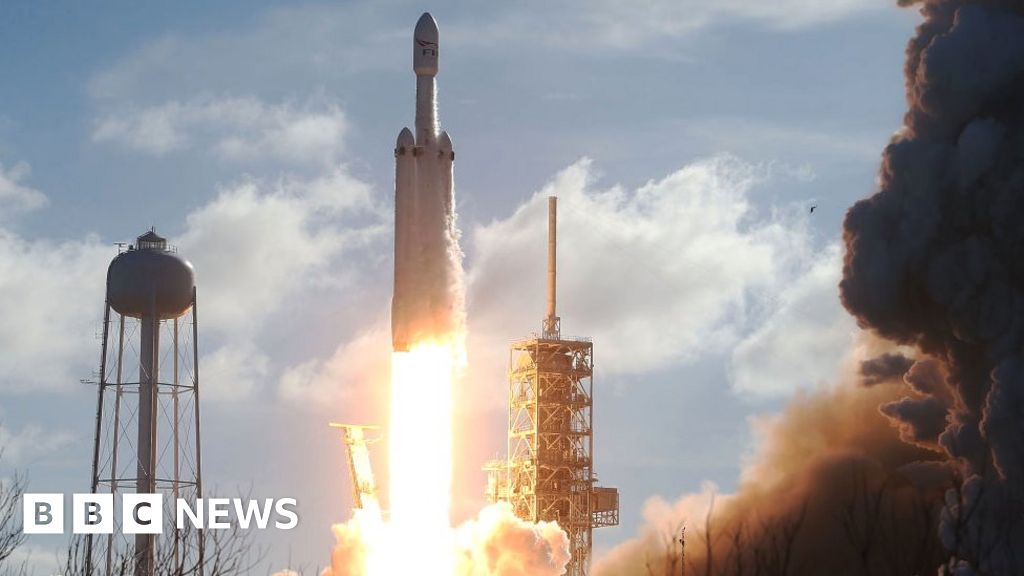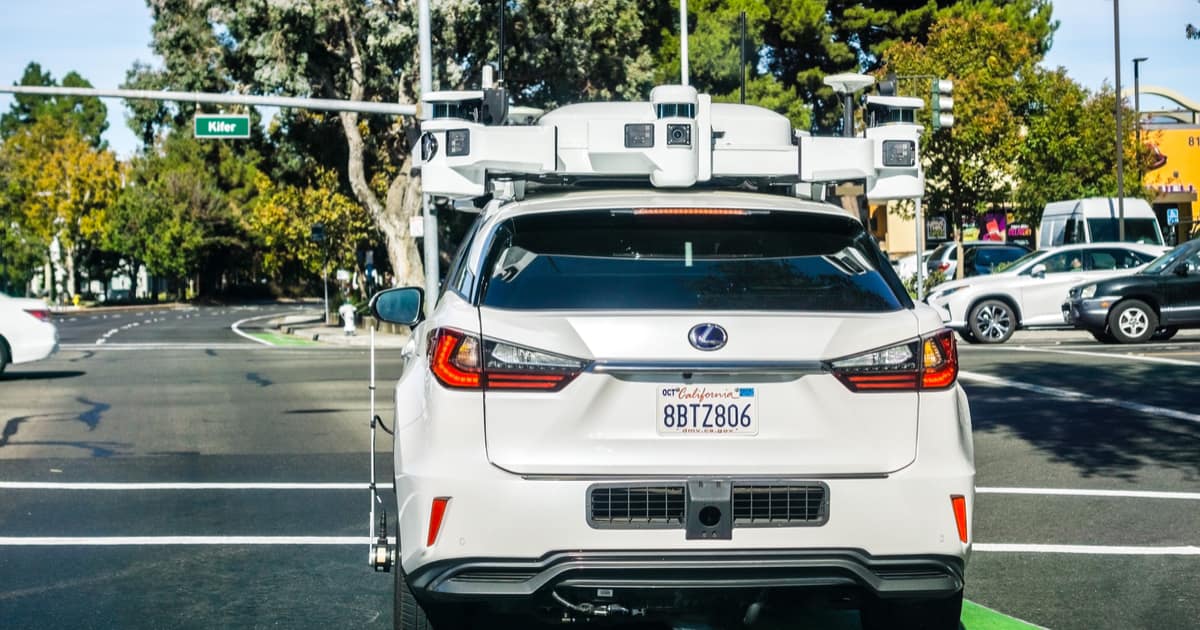SpaceX intends to have 1k Starships launching 1k times per year each. Every $1 saved per launch adds up to $1 million annually.
The Virgin Islands have too many disadvantages I think
- Size: probably too small to handle the million annual launches
- Probably at least 100 launch pads needed if cycle time is ~1 hour
- Also, tourism is most of their economy, and the noise from 2700 launches each day would be a no-go.
- Not suitable for manufacturing Starships and fuel on site
- Very little existing industrial base and few natural resources
- The VIs are at 18.3 degrees north. Launching from the Equator gives 85 km/h of delta-V advantage.
- Not a place Elon will be frequently visiting for Tesla business
Musk companies always go hardcore and head directly for the best physically possible solution. SpaceX in particular has been laser-focused on minimizing the delay until the Martian colony becomes self-sustaining, which is directly a function of how much useful payload each Starship can deliver per trip, considering that SpaceX will be severely production constrained by Starship and Super Heavy manufacturing. The rate of delivery and the cost per ton of payload to Mars are a function of the latitude of the launch site. Orbital refueling helps make this less of an issue, but getting to orbit in the first place is the harder part because it requires 27000 km/hr of delta-v but the trip out of Earth’s gravity well requires only an additional 13000 km/hr. SpaceX wants to really optimize because their goal is to ship at least 1 million tons to Mars as soon as possible.
If they want at least 99% of the maximum possible assistance from Earth’s rotation in order to accelerate the timeline for developing a self-sufficient Martian colony, then they need to stay within 8 degrees north or south of the equator. Within that band of the planet, there are unfortunately only a few places with eastward-facing shoreline on a lake or ocean:
- Brazil (around the Amazon River delta)
- Galápagos Islands
- French Guiana
- Democratic Republic of the Congo
- Uganda
- Tanzania
- Somalia
- Kenya
- Maldives
- Sri Lanka (southern tip)
- Malaysia
- Singapore
- Thailand (southern tip)
- Indonesia
- Philippines (southern tip)
- Papua New Guinea
- Solomon Islands
Indonesia is by far the strongest candidate for a launch industry of this magnitude. It has:
- A huge amount of suitable, no compromises coastline for launch pads
- 274 million population
- $4T GDP ($15k per capita) from diversified market economy
- 0.72 Human Development Index (high)
- G20 membership
- Abundant natural resources including nickel, copper and natural gas
- A massive partnership with Tesla in the works
- A President who has been seen meeting with Elon Musk at SpaceX facilities multiple times who has publicly stated for years that he’s actively pursuing development of spaceports for SpaceX
Singapore and Malaysia are similarly situated, wealthier and more highly developed, but they have much less population, natural resources, and eastward-facing coastline, plus they’re not directly on the Equator. Singapore and Malaysia almost certainly will play a significant role in the growing space economy, but Indonesia is better positioned to send off gigantic fleets of Starships hauling bulk freight every 26 months when the planets align.
Brazil’s northern coast and French Guiana are potentially solid secondary options for the Western Hemisphere for cargo that’s difficult or expensive to get to Indonesia/Singapore/Malaysia.
If we expand the band a little bit wider, Vietnam, Thailand, the Philippines, northern Australia, and Trinidad & Tobago become decent 2nd-tier candidates.
Overall, it’s really an obvious choice considering the goals of both Tesla and SpaceX and the limitations on Elon’s time.
Seen at Starbase yesterday:
View attachment 804863
Ain’t no place like

Indonesia

to make batteries and launch cargo to deep space!





